Tale of two nuns: Strange coincidences of Abhaya and Kuravilangad nun trials

Mail This Article
The Sister Abhaya murder case and the alleged abuse of a nun of the Missionaries of Jesus congregation have many things in common.
In both the cases, the victims are nuns. The alleged crimes had taken place inside convents. The accused in both cases are people sworn to a life of celibacy. And forbidden desires were at the heart of both the crimes. The accused in both the cases had a common lawyer, too: B Raman Pillai.
The special judges trying the cases also demonstrated similar inclinations. Both – CBI Special Court judge K Sanilkumar and Additional Sessions Judge-I Gopakumar G – hung on to the flimsiest shred of evidence to deliver their verdicts.
The only point of difference was the side they chose to punish. Sanilkumar (in Abhaya case) punished the accused. Gopakumar, on the other hand, crushed the claims of the victim.
Thief's honesty and nun's consent
In the Abhaya case, virtually all the prosecution witnesses had turned hostile or died. The judge had only the testimony of a thief, Adacka Raju, to rely on. The judge called him an “unusual” witness but still he took the thief's word at face value.
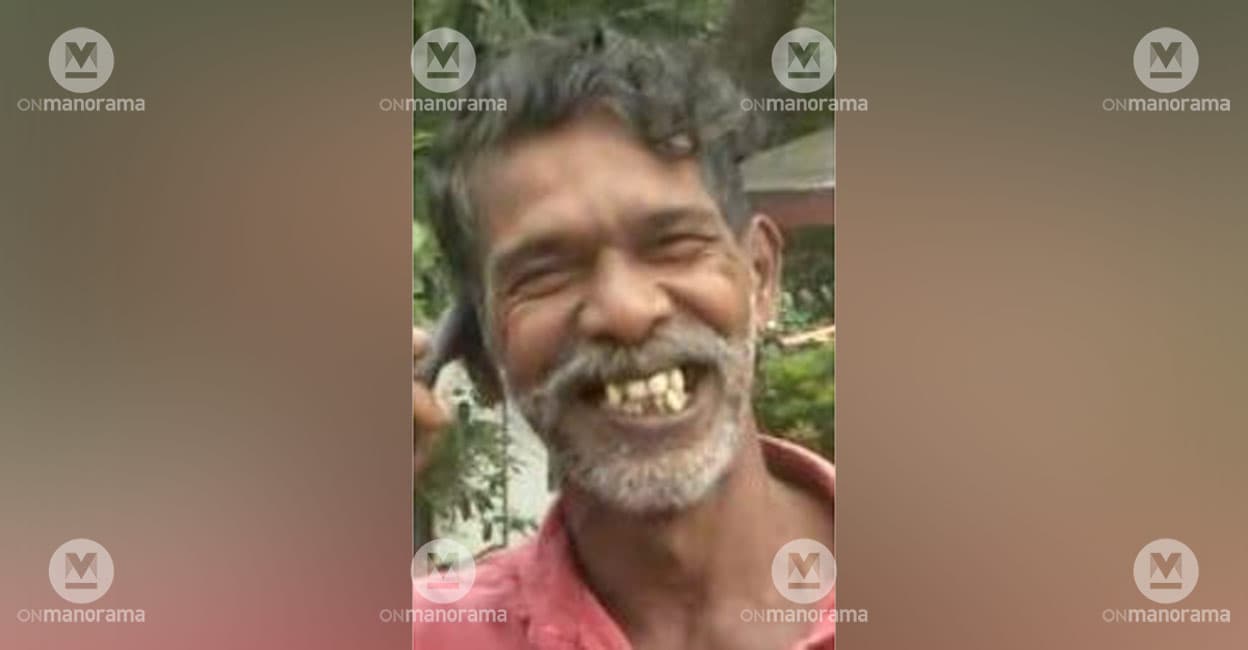
Raju was the only person who had seen the accused Fr Kottoor sneak into St Pius X Convent on the night of Abhaya's death (March 27, 1992). The Judge gave him a near mythical aura. “Raju may have been a thief, but he was and is an honest man, a simple person without the need to dissemble, a human being who became a professional thief by the force of circumstances, but a speaker of truth nonetheless,” the judge said in his 229-page order that sentenced Father Thomas M Kottoor and Sister Sephy to life imprisonment.
In the Kuravilangad case, where Bishop Mulakkal was accused of raping a nun 13 times, a profound aspect of law that would favour the victim, and that the Additional Sessions Judge himself was convinced would apply in the case, was inexplicably ignored.

“As far as this case is concerned there are ample documentary and oral evidence to conclude that the accused was exercising real authority over the congregation and the nuns. He is definitely a person in authority,” the judge says in his 289-page order. Still, the judge ignored the legal significance of his own observation.
If sexual intercourse between such a “person in authority” and a nun under him is established, Indian Evidence Act (Section 114 A) says it is presumed there is no consent. "In such relationships, because of the high dependence of the woman on the person in power, it is easy to induce non-violent submission that can be misread as consent," advocate B Joshi said. "This is why the law wanted the automatic application of the no-consent rule in such cases," he said.
Therefore, after acknowledging that the Bishop had absolute authority over the nun, the question of consent does not arise in this case. Yet, Joshi said, the judge works to build up a case for consensual relationship. Observing that false accusations are on the rise in rape cases, the judge says: “Consensual sexual relationship sometimes takes the shape of sexual violence, when the relationship takes a beating.” the judge says in the order.
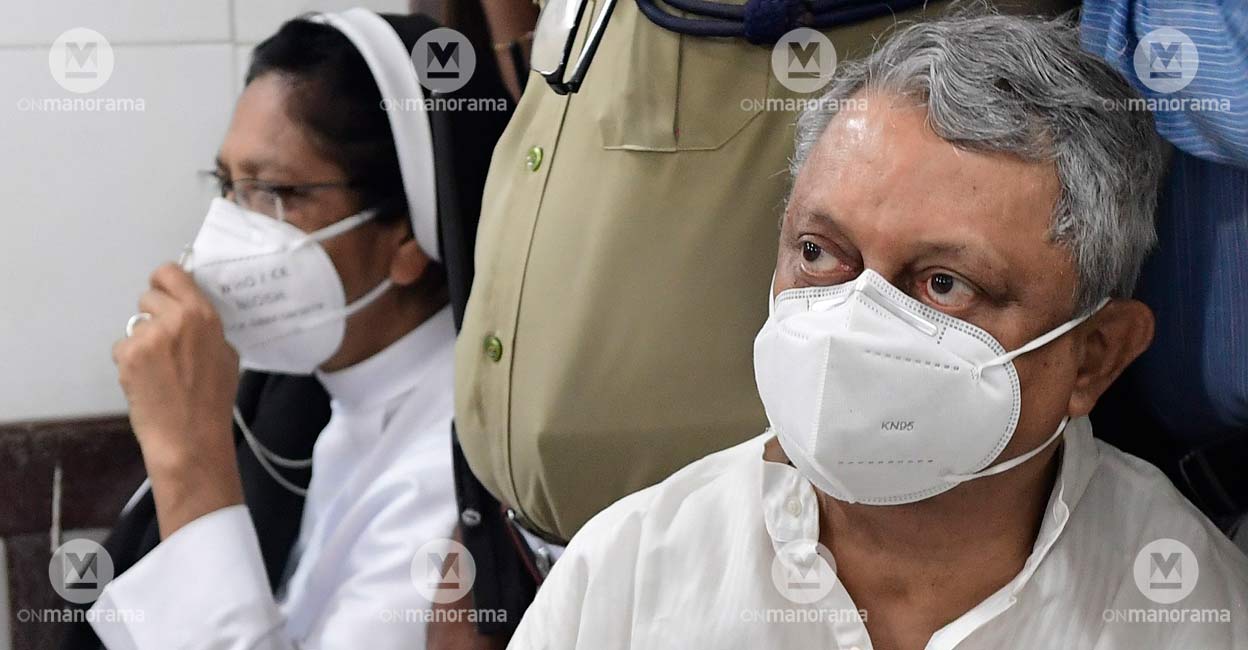
According to lawyer J Sandhya, this was a needless remark. "The defense has no such case. The defense argument is that the victim's allegations are entirely false," she said. However, she feels that the judge was right in not pursuing the consent question in a relationship between a figure of authority and a woman he has dominion over. "When the defense has not admitted to any sort of physical relationship, there is no need to invoke the presumption of no consent clause," she said.
Photographer and a reporter
A major puzzle in the Sister Abhaya trial was whether the injuries found on Abhaya's body were inflicted before her fall into the well or during the fall. The judge said at least two of them, nail marks on either side of the novice's neck, were made before she fell into the well.
Problem was, these marks were seen only by a local photographer, Varghese Chacko, who was called by the police to take pictures of Abhaya's body. The doctor, C Radhakrishnan, who did the autopsy has not recorded these marks. The judge, in his wisdom, found the photographer more reliable.
“The evidence of the photographer will prevail over the evidence of the doctor as the photographer was specifically deputed for capturing the close-up photographs of Sister Abhaya and his chance of noticing such injuries is more than that of the doctor,” the judgment said.
If the judge in the Abhaya case relied on a photographer, the judge in the nun rape case took the help of a journalist. The judge used a 2018 television interview of Sister Anupama, who is one of the nuns who supported the victim in her fight for justice, by Abhilash Mohan of Reporter TV to question the motives of the complainant.
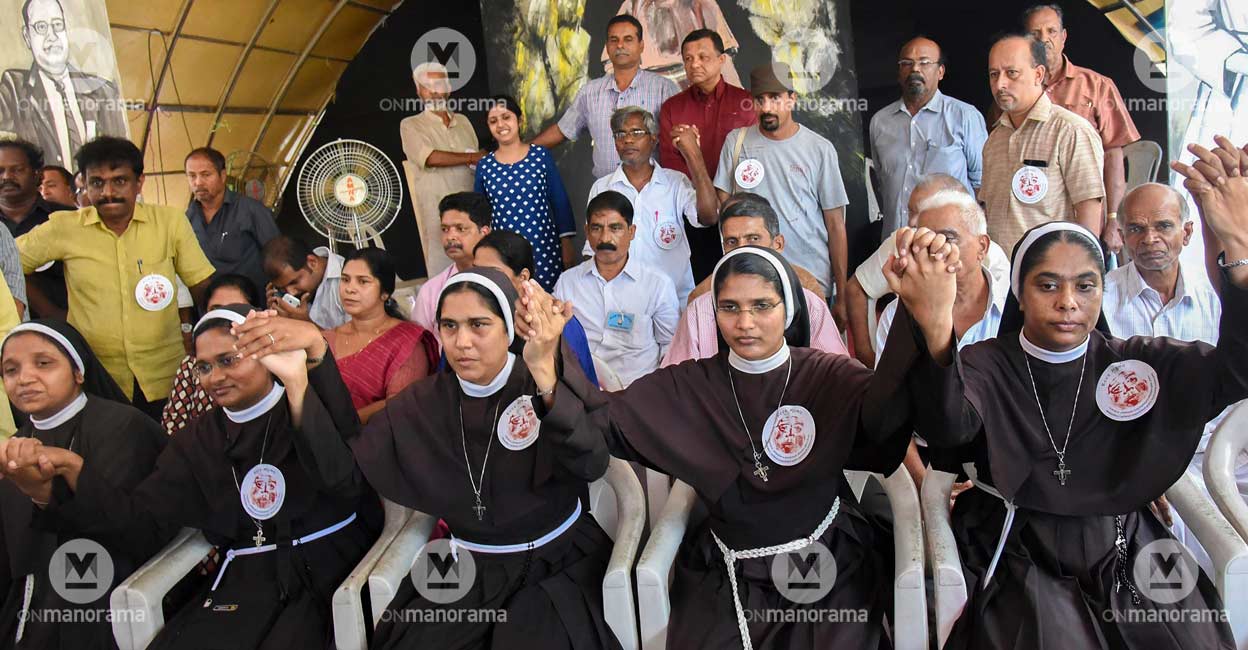
The judge suggests that the hidden agenda behind the complaint is revealed in one of Sr Anupama's sentences. “In answer to a question as to what gain the accused would get by provoking the sisters and thereby making the matter public, PW4 (Sr Anupama) answers that if he had settled the matter at the right time they would not have gone for the case,” the judge observes.
Sr Anupama is in fact referring to the Catholic Church and not the Bishop. She has not used the pronoun “he”. The nuns had by then taken their complaint not just to the Major Archbishop of the Syro-Malabar Church, Mar George Alencherry, but also to the Vatican. The settlement she alluded to was permission to shift a section of their St Francis Mission to the Bihar diocese where they could be free of Franco Mulakkal's harassment. “After giving the letter to the Church, we waited in the hope that we would get some form of justice from some quarters,” Anupama says in the interview.
But the judge insinuates that the nuns were using the sexual abuse charge as a threat to force Mulakkal to concede some undue favours.
Unlikely confession and a fake charge
In the Abhaya case, the only evidence that remotely linked Fr Kottoor to Abhaya's death was a confession he is said to have made to Kalarcode Venugopalan, a rights activist and a serial litigant.
Kalarcode had told the court that Kottoor had confided to him in the Kottayam Bishop's House that he and Sr Sephy were like husband and wife. This sharing of an explosive secret seemed highly unlikely as Kalarcode was an absolute stranger to the priest. The confession was also made very late, 16 years after Abhaya's death. Even the CBI had not included the confession in its remand application. The Bishop's House, too, had no records of Kalarcode's visit.
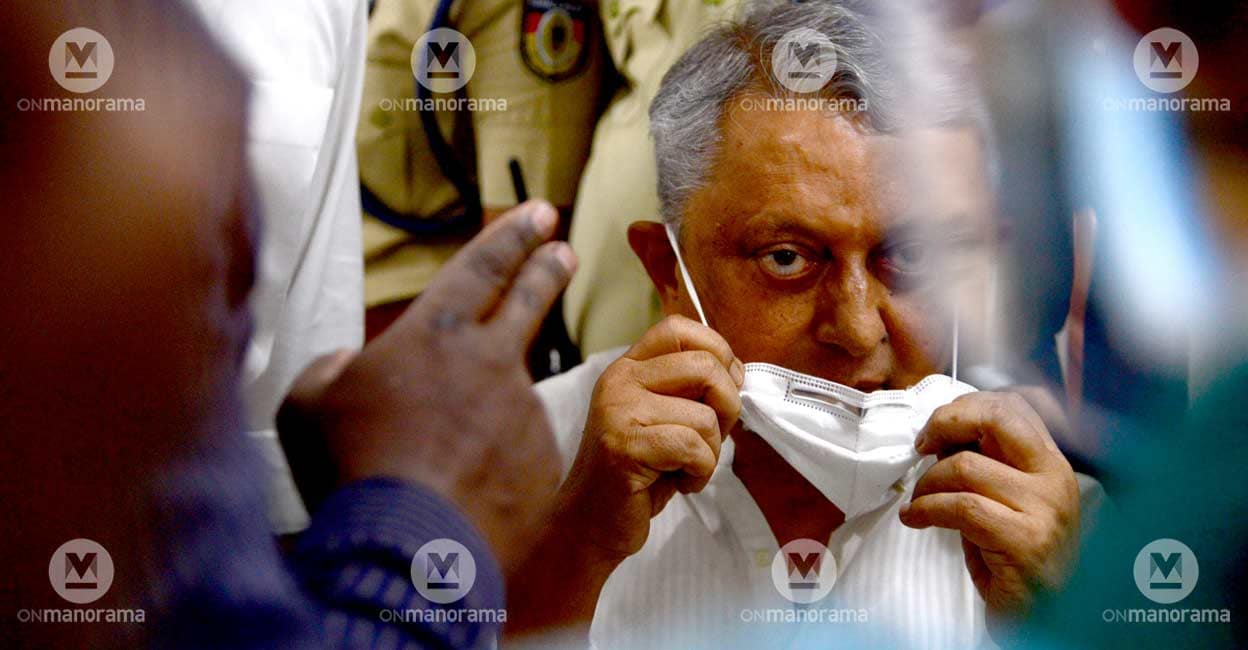
Even if there was such an affair, it did not mean anything either. But the judge found in this unverified confession of an affair the seeds of Abhaya's murder. “The alleged sexual act of Sephy A3 (Sephy) and A1 (Kottoor) was the cause of the murder and the murder was the effect of the sexual act. It is in the light of this analysis that I have to appreciate the evidence of PW6 (Kalarcode),” the order said.

In the Bishop Franco case, too, considerable value was given to a fake claim, but this time to undermine the victim's character. The victim's first cousin, Jaya, had filed a complaint alleging that the victim was having an affair with her husband. But later she conceded that she was lying, that she did it out of vendetta. It was on the basis of this false charge that Mulakkal had dictated action against the victim.
Jaya retracted her complaint in front of the judge, too. “It is true that PW16 (Jaya) had stuck to her stand that the allegations were false and concocted, aimed at taking revenge against PW1 (the victim),” the judge said in his order. While the judge in the Abhaya case willingly believed an unreliable witness, the judge in the Franco case exhibited a strong unwillingness to sympathetically respond to even information that favoured the victim.
“It is doubtful whether a lady of the stature of PW16 (Jaya) who is a teacher by profession would malign the reputation of her own husband, who is a lawyer practising at the Supreme Court of India, for a silly verbal brawl with PW1 (victim) and her family members,” the judge said.
Bishop Franco, however, is not subjected to such intense scrutiny. Another nun had also complained about Franco's behaviour. She had said that the Bishop had put his hands on her shoulder and pulled her close to him. Given the court's tendency to consider alleged transgressions in unrelated incidents as proof of general bad behaviour (for instance, the victim's supposed fling with the husband of her first cousin), the second nun's charge should have counted as evidence of Franco's serial abuse.
Instead, the court just brushes it away. “The behaviour of the accused to PW8 (the second nun) is not a relevant issue in this trial,” the order says.
Hymenoplasty and accessory nipple
In both the cases, the judges seemed inclined to suspect the morals of the women involved. In one case, it was the accused (Sr Sephy) and in the other, the victim.
Sephy's admission during interrogation that she had “shared a bed with a relative” was considered proof of her admission of guilt. The judgment endorsed the prosecution evidence that Sr Sephy had undergone hymenoplasty (the reconstitution of hymen) right before she was arrested by the CBI in 2008.
“It is clear that A3 (Sephy) made an attempt, and a very successful attempt at that, to give the fact of the case an appearance favourable to herself,” the judge noted.
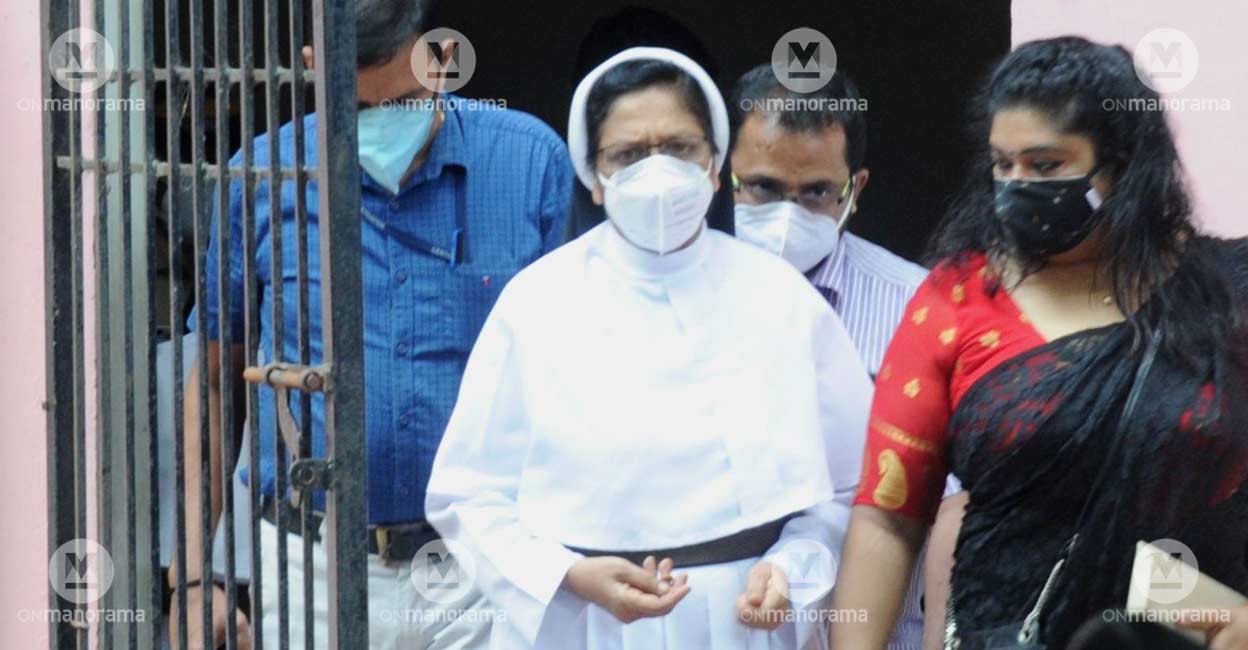
In the Franco trial, even after Jaya said she had twisted facts, the judge just could not shake off the belief that the victim had an “accessory nipple”. Even the examining doctor's testimony was not enough to disabuse the judge of the notion.
The doctor, a Professor in Obstetrics Gynecologist at the Kottayam Medical College Hospital, had said she did not find any accessory nipple on the victim. So she was asked whether the extra nipples can be removed easily by a surgical procedure without leaving any marks.
The doctor said she had "not heard about super accessory nipple surgery or third nipple surgery being done by plastic surgeons for removing the third nipple without leaving any mark".
The judge was not satisfied. “The evidence of PW21 (doctor) is inconclusive as to whether PW1 had undergone any surgical procedure for removing her accessory nipple.”
(Onmanorama had talked to senior lawyers J Sandhya, B Joshi, Ninan John and Ramaswamy Pillai for this report)


